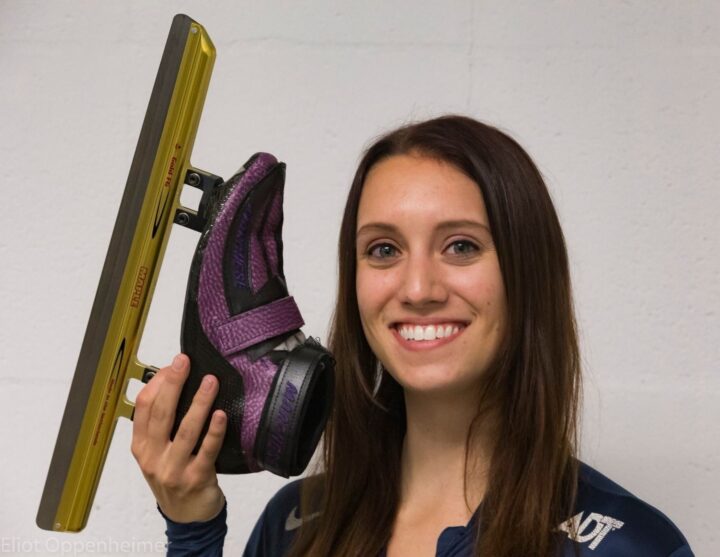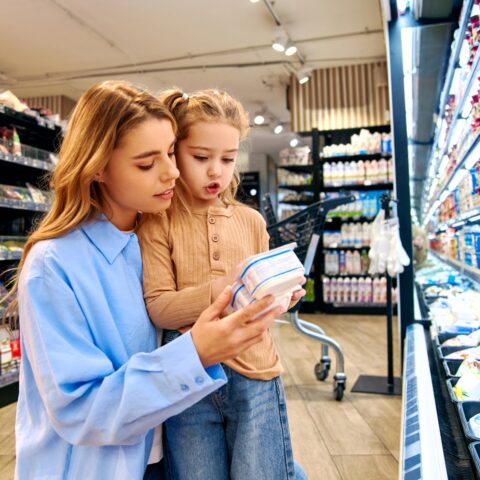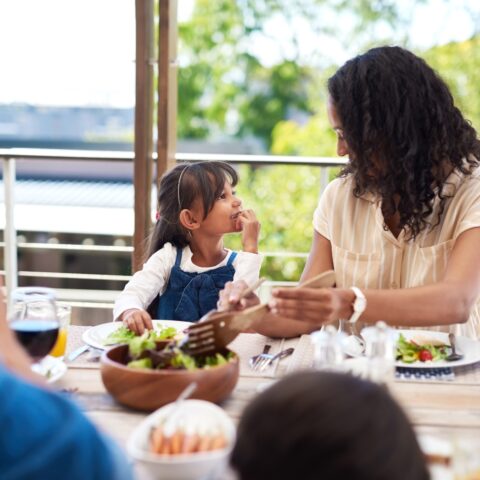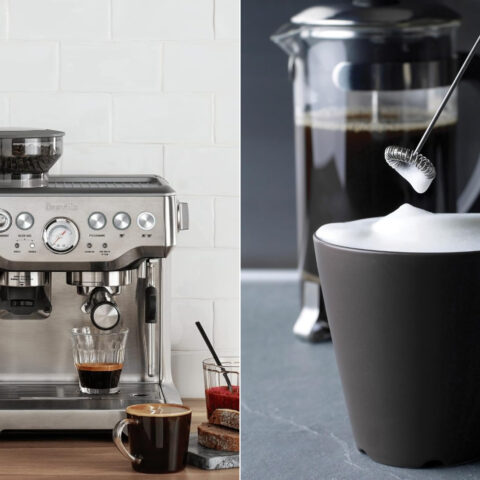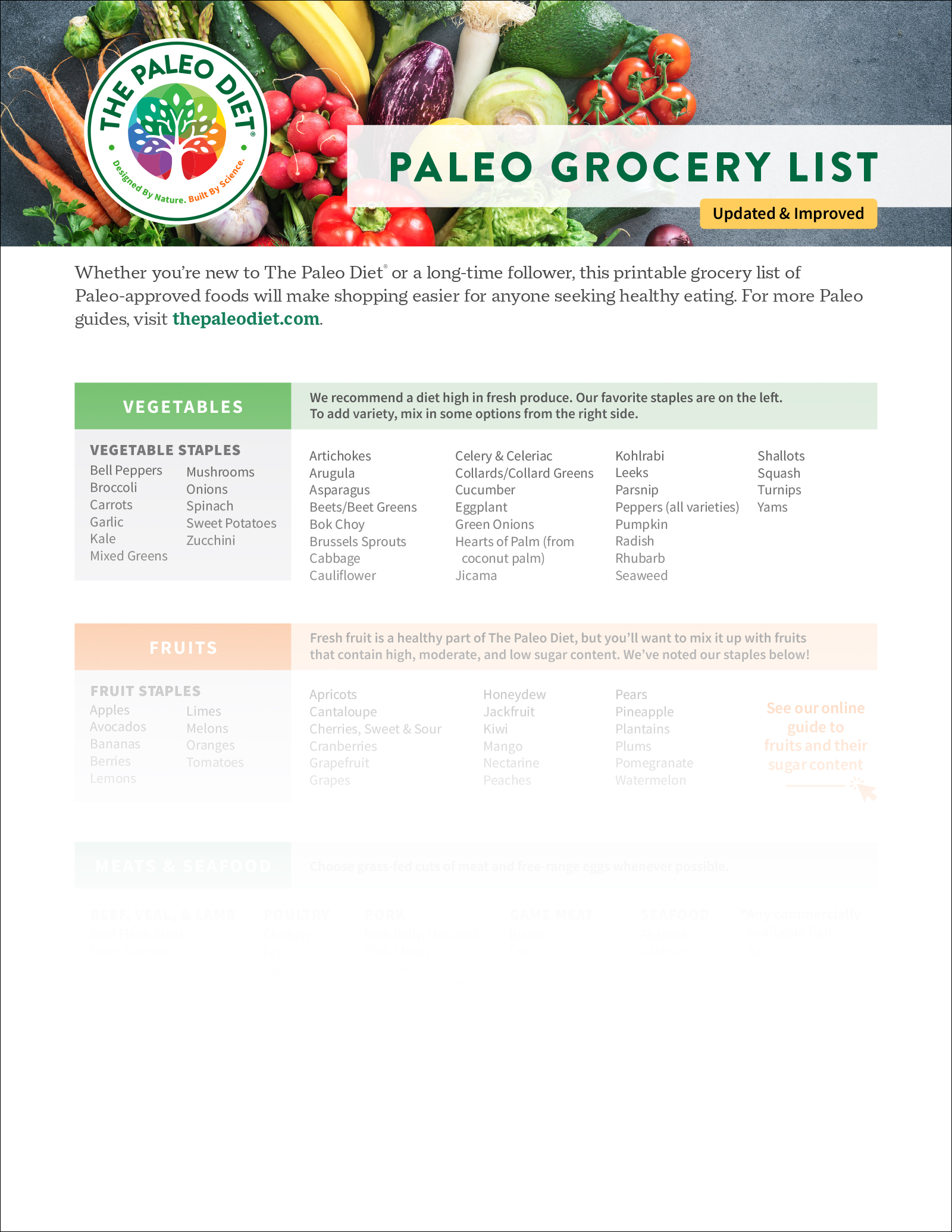Low-Waste, Non-Toxic Products for Healthy Living
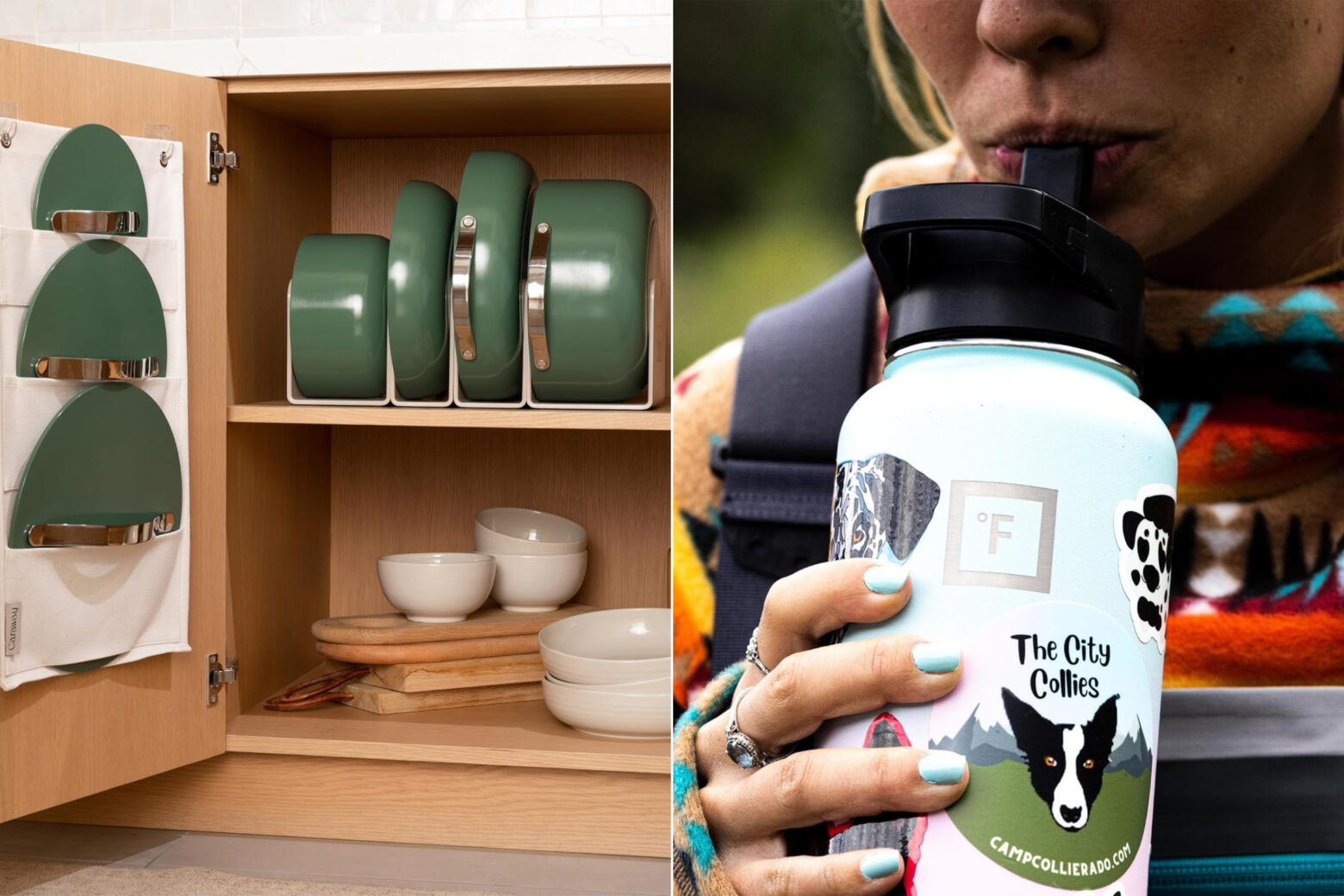
The Paleo Diet is supported by users like you. As an Amazon Associate, we earn commission from qualifying purchases at no extra cost to you. We test and recommend only the products we trust for the best experience.
We have often covered how to transfer Paleo principles into a low-waste and non-toxic lifestyle—so much so that we’ve dedicated an entire page to non-toxic living. While these articles are great at providing suggestions on how to live low-waste and non-toxic, most of them don’t recommend specific products or brands to get you started.
Since there are so many out there, we wanted to cut through the noise and list a few of our favorite low-waste and/or non-toxic products. These are either brands trusted by us or products we’ve used and love that would make great additions in any kitchen or household.
Under some of these recommendations you may see two options, either for different price points or diverse options to choose from. We don’t skimp on quality when selecting a less expensive option—in fact, that may be the one we prefer because our staff has tried it themselves.
We want you to feel comfortable in the choices presented to you, with the knowledge that whichever one you prefer has been vetted or tested beforehand. If you believe one of our recommendations does not fit with our Paleo standards, please let us know at help@thepaleodiet.com.
Ceramic Cookware Set
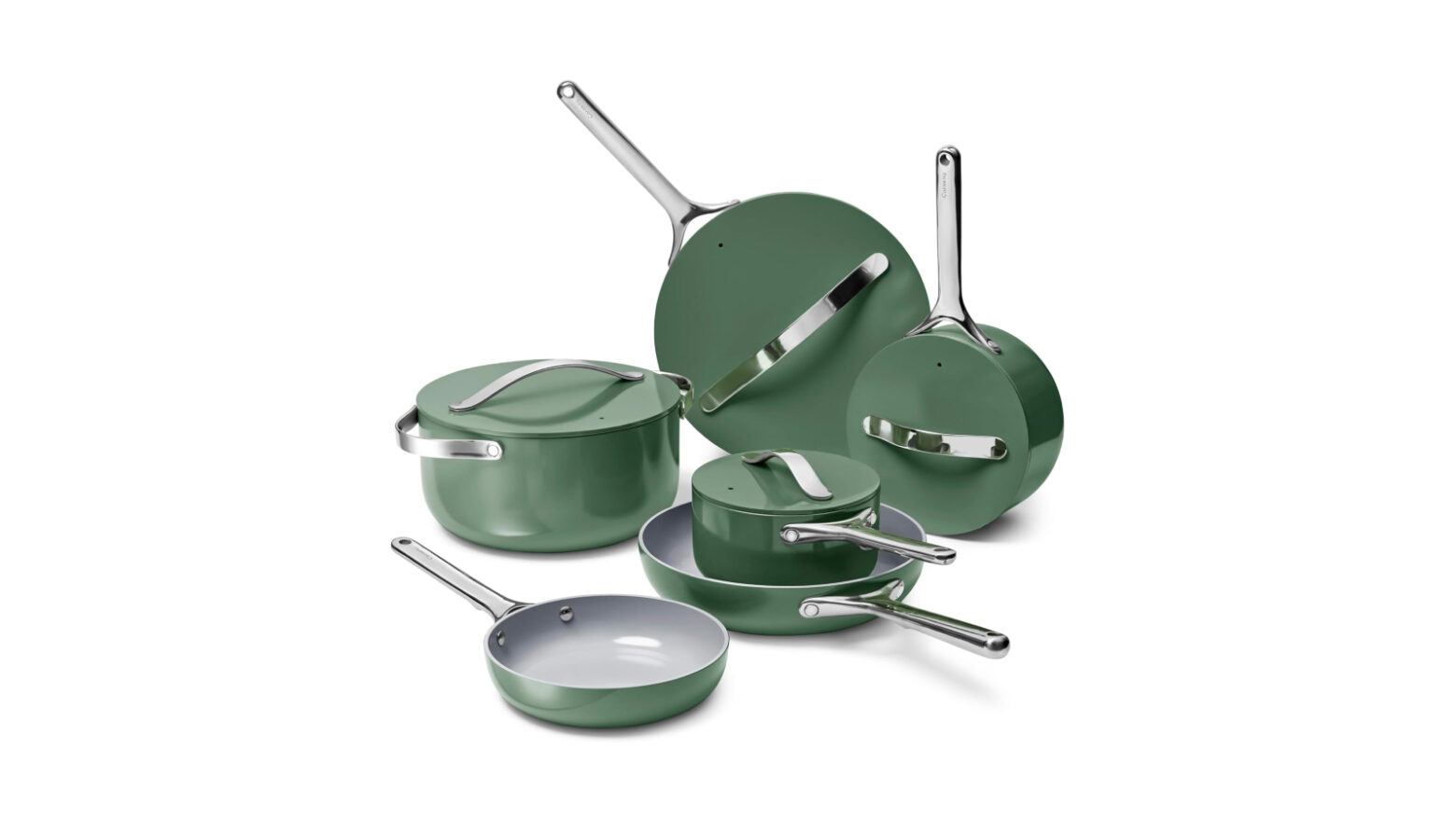
Ceramic is one of several materials recommended in our non-toxic cookware guide, but there are not many pure ceramic stovetop sets out there to choose from. Accordingly, we selected ceramic-coated sets above other materials like stainless steel and cast iron for their non-reactive nature and easy cleaning.
We love the Caraway set in our test kitchen, but it comes with a hefty price tag for an entire 16-piece set. If you’re looking for quality ceramic-coated cookware for less, Cuisinart or GreenPan have great options as well. All brands are highly rated by Consumer Reports and claim to be free of forever chemicals like PFAS and PFOA.
Glass Food Storage Containers
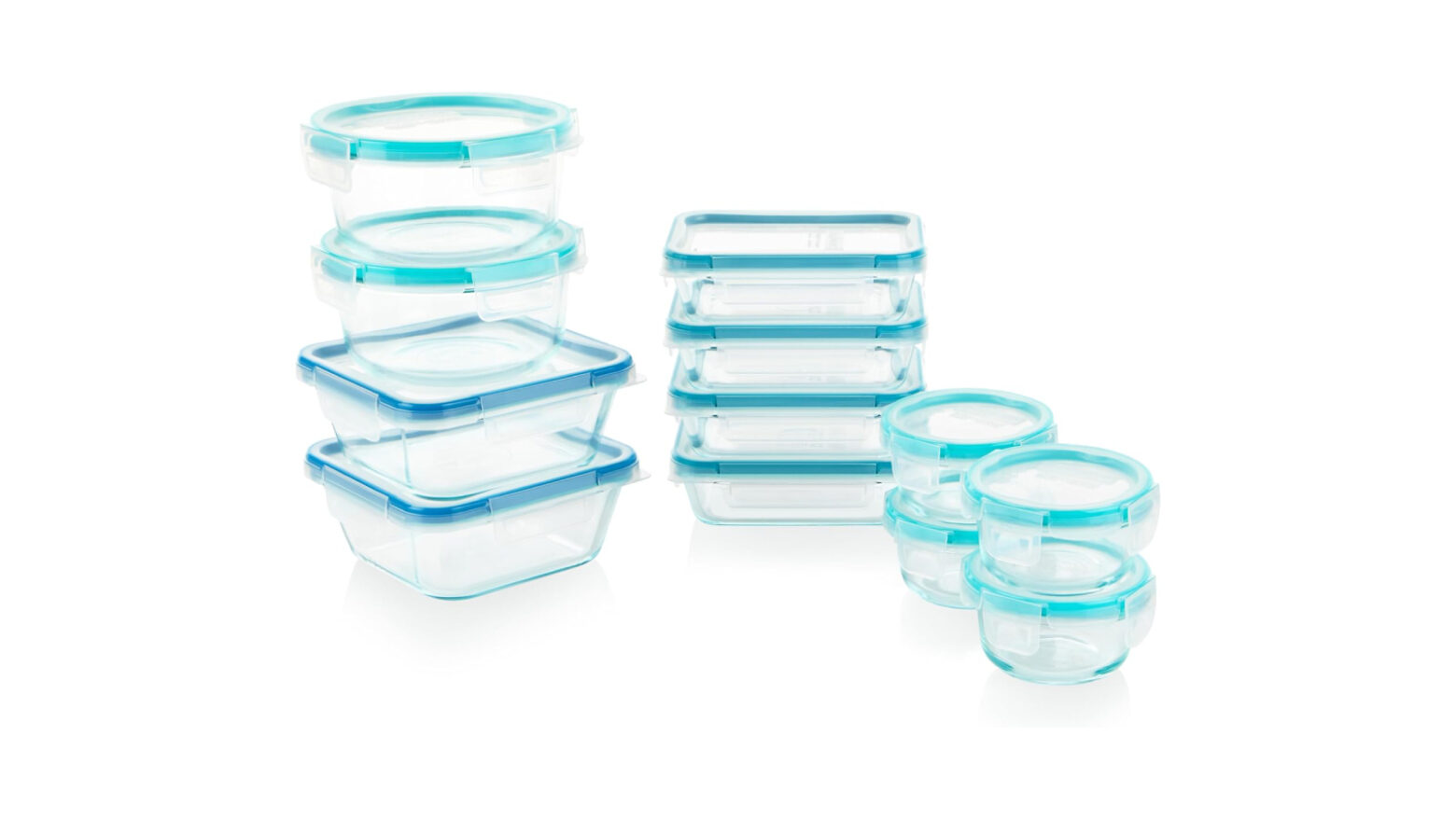
Like our cookware guide, we also recommend several food-safe materials for storing snacks, meals, and ingredients. Glass is our favorite for its versatility, ability to store liquids (less so with bamboo), easy reheating (stainless steel gets too hot), and airtight durability (beeswax wraps won’t keep foods for long).
This author has been using Snapware storage containers for years and can attest to their quality. The glass is made from durable Pyrex, making it fridge, freezer, microwave, and oven safe. The airtight seal has been tested and proven leak-proof in the field, and the lid is easy to write notes on (useful for remembering how many raw chicken breasts are stored in the container in the freezer, or the date a dish was made).
Mason Jars
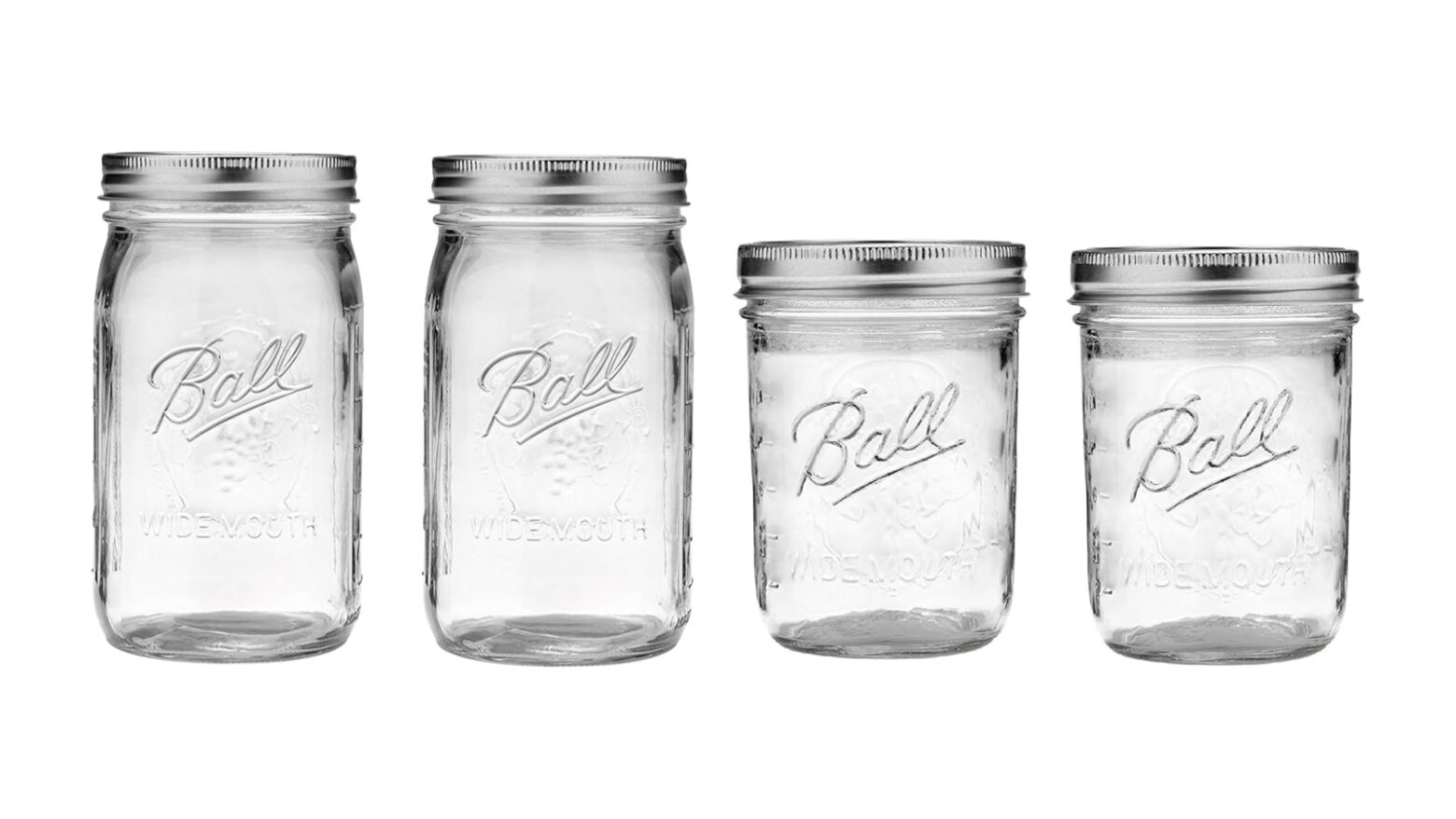
If you’re striving to be low waste, look into repurposing old sauce jars or food tins before buying new. However, if your needs require several jars at once (canning, fermenting, etc.), you may want to look into buying a few jars as you build your collection. A quality set of Mason jars works great for storing leftover liquids or as an aesthetic display for bulk dry goods (and if you live close to a low-waste grocer, you can bring them in when purchasing bulk goods to cut down on plastic bags).
We like wide-mouth, screw-top Mason jars that make for easy removal of foods that have been stored in the freezer, but everyone needs different sizes for different needs. Le Parfait makes a variety of glass jars with flip-top lids that close airtight with a rubber seal ring.
Silicone Bags
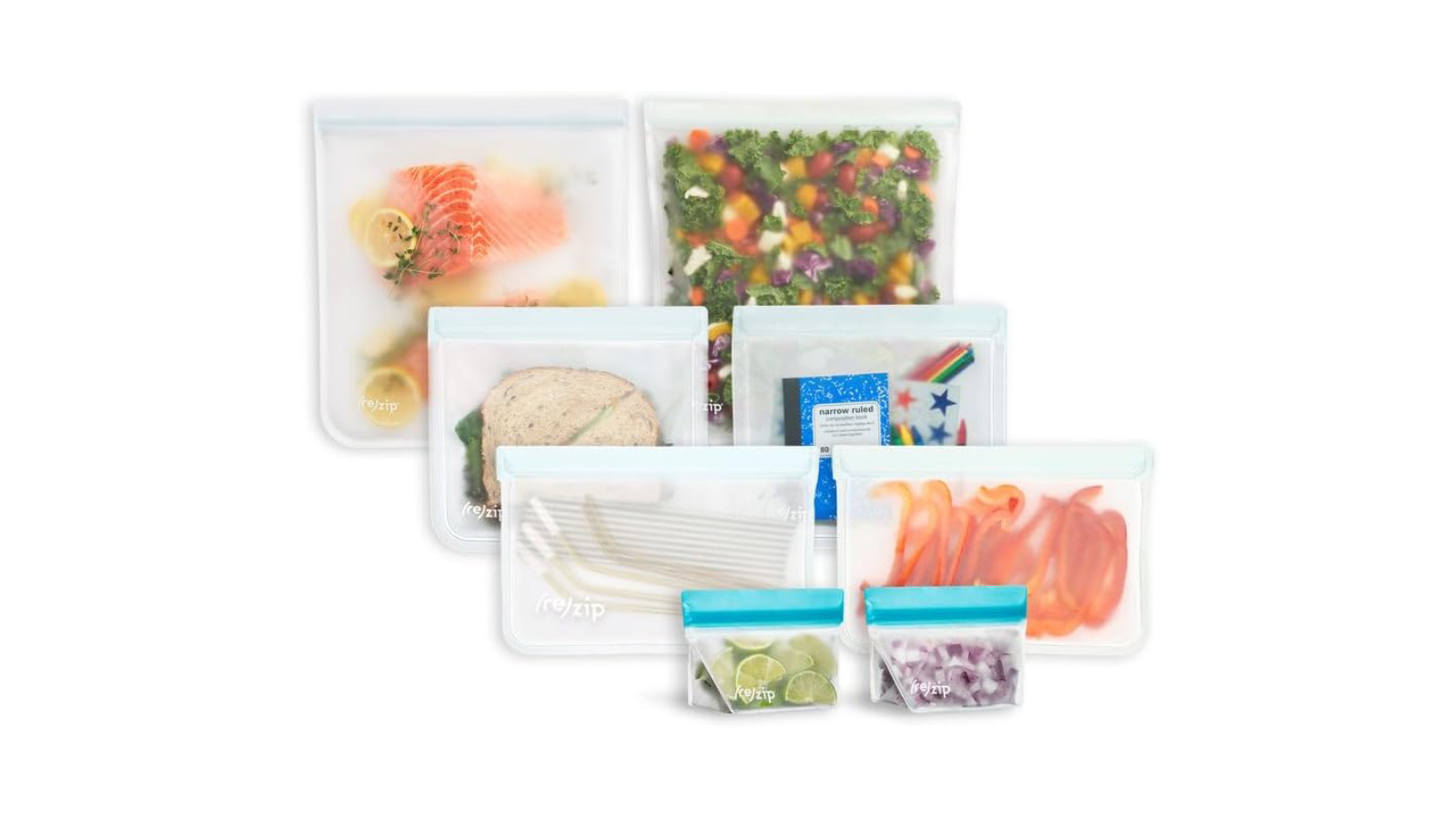
When you don’t want something as bulky or heavy as a glass container, reusable silicone storage bags are a great option that forgoes single-use plastic baggies. Both non-toxic products below claim to be free of BPA, lead, and phthalates, however, we like (re)zip for its matte texture that doesn’t attract hair and dirt like some glossy silicone materials.
Wooden Cutting Board
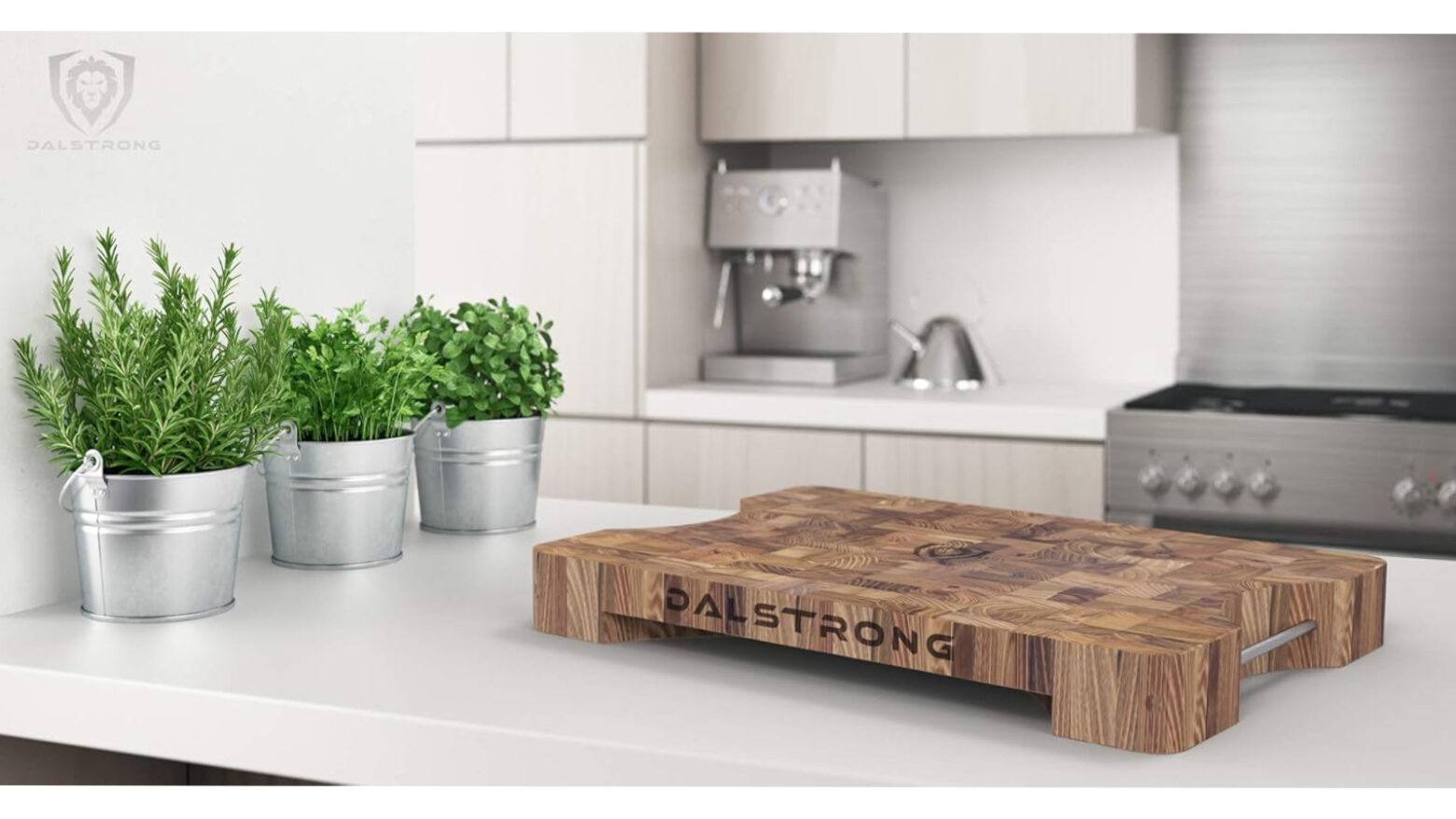
Our cutting board guide suggests wooden cutting boards as a great, all-around, non-toxic product. Wood is gentle on knives and not prone to harboring bacteria like other materials. And if you have the room for it, a wooden cutting board can take up a permanent place on your countertop.
The brands below are recommended for their longevity and thick material that resists warping. Just make sure to follow our guide’s best care practices that will help your cutting board last a lifetime.
Paper-Composite Cutting Board
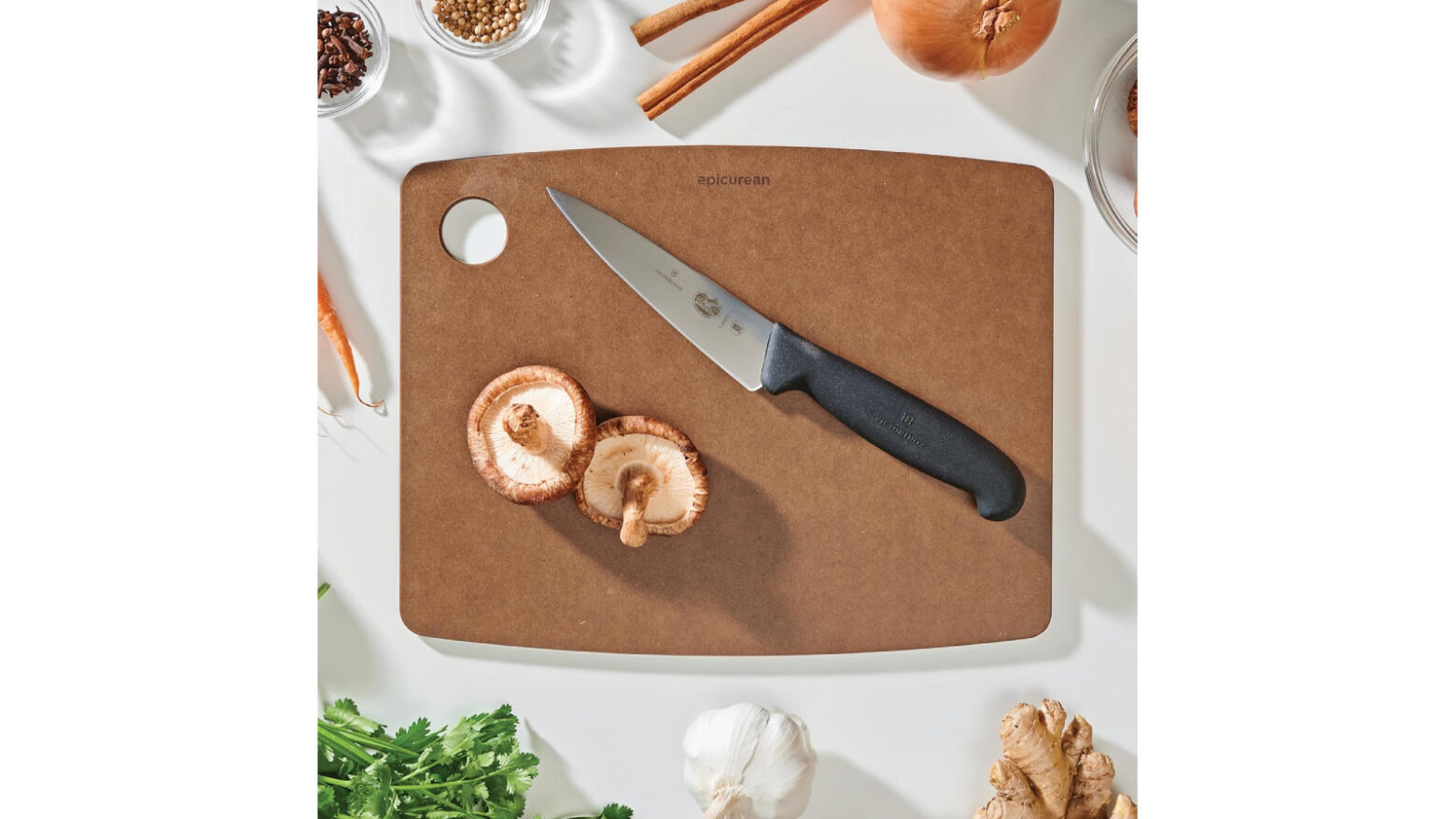
While wooden cutting boards may be our favorite in the kitchen, it’s useful to have multiple boards for different tasks, such as one board for cutting meats and one for chopping produce. Since wood doesn’t hold up well in the dishwasher, a paper-composite board is a great alternative that’s dishwasher safe, meaning you can skip deep-cleaning raw meat juices out of your board by hand.
We like Epicurean boards for their durability, gentle texture on knives, and sustainability: The company got started making cutting boards from the paper-composite scraps used for skate ramps.
PFAS Water Filter

Unfortunately, not all water filters are built the same. Though some are great at removing sediment, heavy metals, or even bacteria, chemicals like PFAS may still leach through.
Environmental Working Group (EWG) tested several products for their ability to filter out PFAS and found three that were 100% effective. The Berkey filter has the longest filter life, while ZeroWater has the lowest initial cost.
Reusable Tumbler
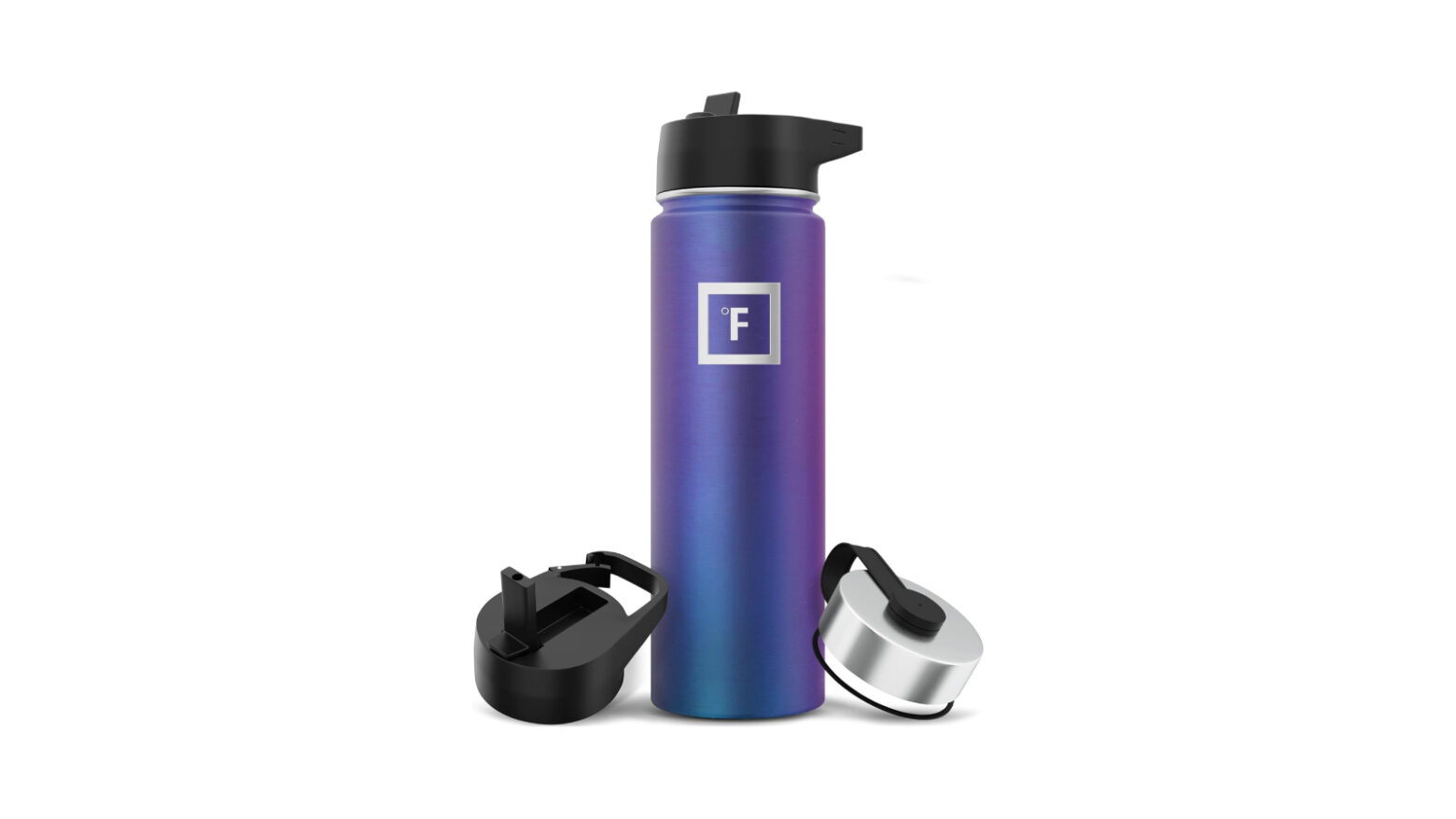
Many of us likely aren’t hydrating enough, and that’s where a multipurpose tumbler comes to the rescue. The right insulated mug can hold both hot and cold beverages and will travel easily—and several restaurants and cafes are happy to accommodate your low-waste accessory. If you bring a clean reusable mug to many coffee shops (even big chains like Starbucks), they will make your drink in the mug for you.
Iron Flask makes double-insulated stainless-steel tumblers that come in a variety of sizes and colors. Our staff can testify to its ability to keep cold drinks cool and hot drinks hot for hours on end, plus each one has three different lids depending on your needs or preferences: a flip lid, a straw lid, and a screw-top lid.
Reusable Straws
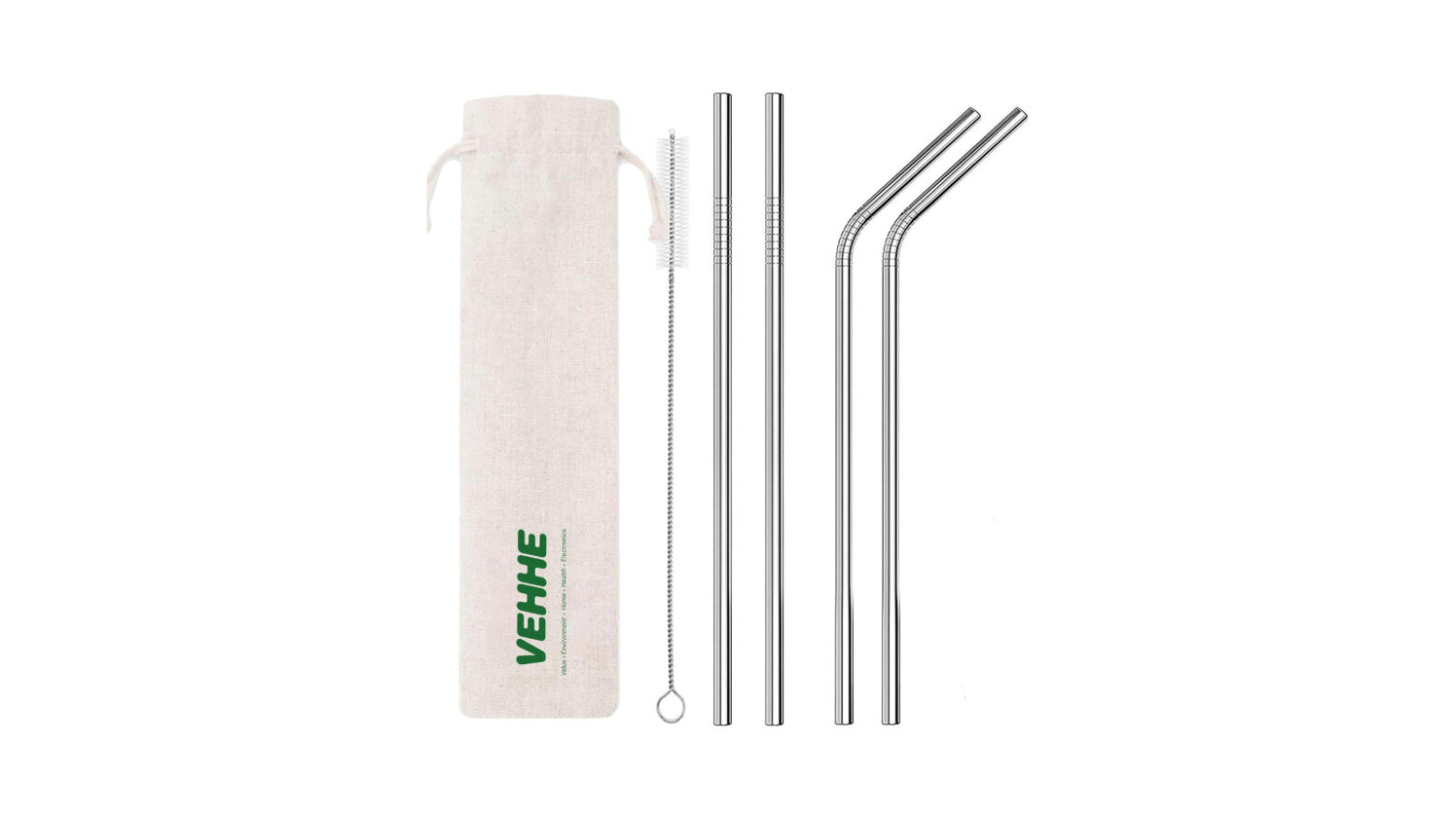
When the tumbler is being used for another drink, you can still cut back on waste by having a reusable straw on hand when buying beverages. We like metal straws because you can throw them in the car or your bag without having to worry about them breaking, as opposed to glass straws. The main drawback is that metal straws are great conductors of heat, so we wouldn’t recommend them for hot beverages.
If you need to drink hot liquids through a straw or want something easier on the teeth (especially for kids), silicone straws will be your best bet.
Mesh Produce Bags

We know you’re already washing your produce at home (right…?), so produce bags aren’t always a necessity if you’re only worried about cleanliness. But when you want to throw several fruits or veggies into a bag, you can skip the non-recyclable plastic ones and use bags made out of mesh fabric. When they get dirty, just throw them in with your laundry to clean.
Reusable Paper Towels
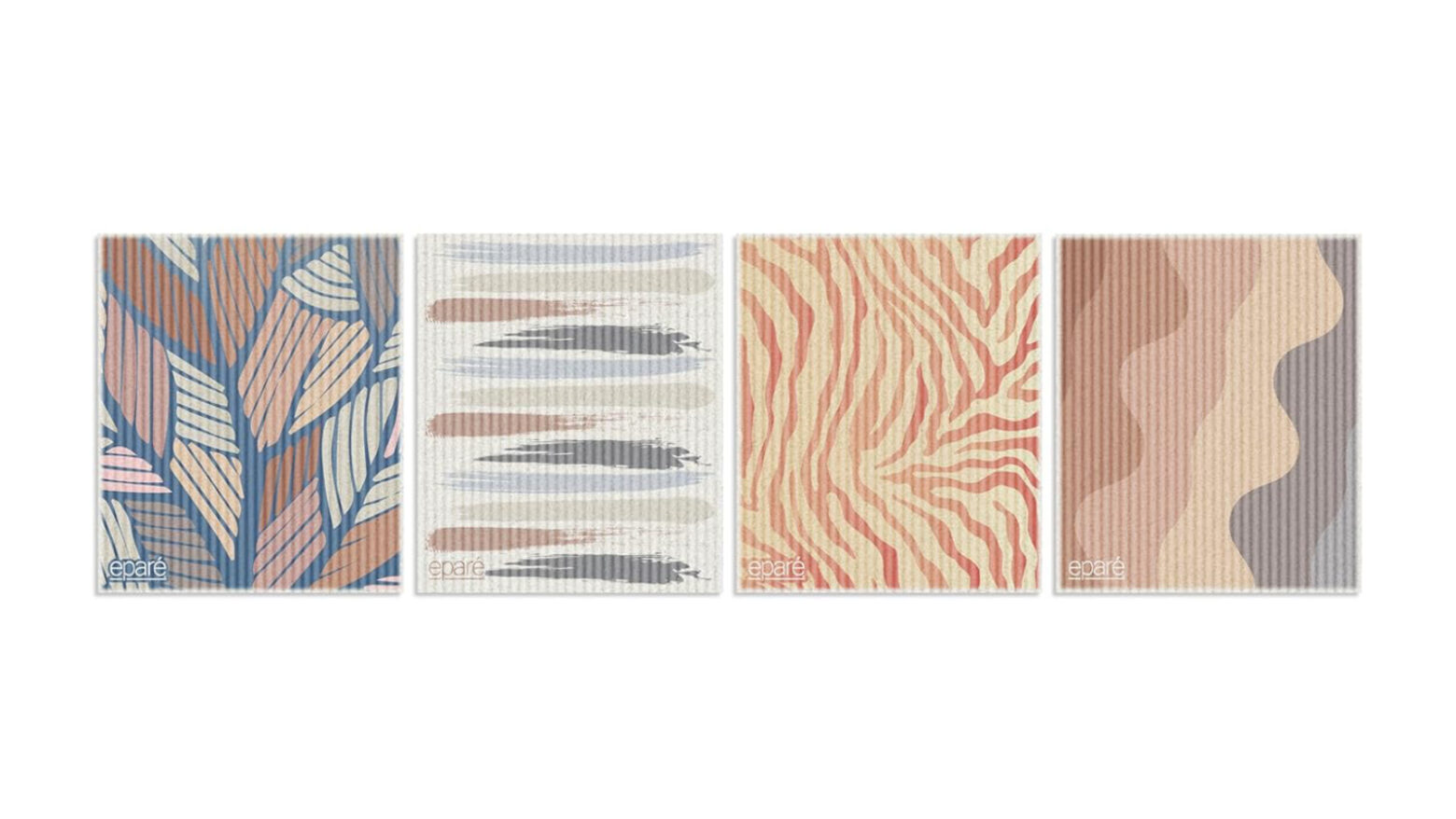
Paper towels are convenient, but wasteful due to their single-use nature. And while rags and microfiber cloths work well for cleaning up certain messes, sometimes you just need a paper towel.
Luckily, a variety of reusable paper towels have come onto the market in recent years. Some are made from bamboo fibers (which is a more sustainable plant than trees) and come in a roll that looks almost identical to traditional paper towels. Others, like Swedish dishcloths, are made from highly absorbent cellulose and come in individual sheets. Both are meant to withstand many uses and can be cleaned either by rinsing off in the sink or throwing in the dishwasher or washing machine.
Reusable Sponge
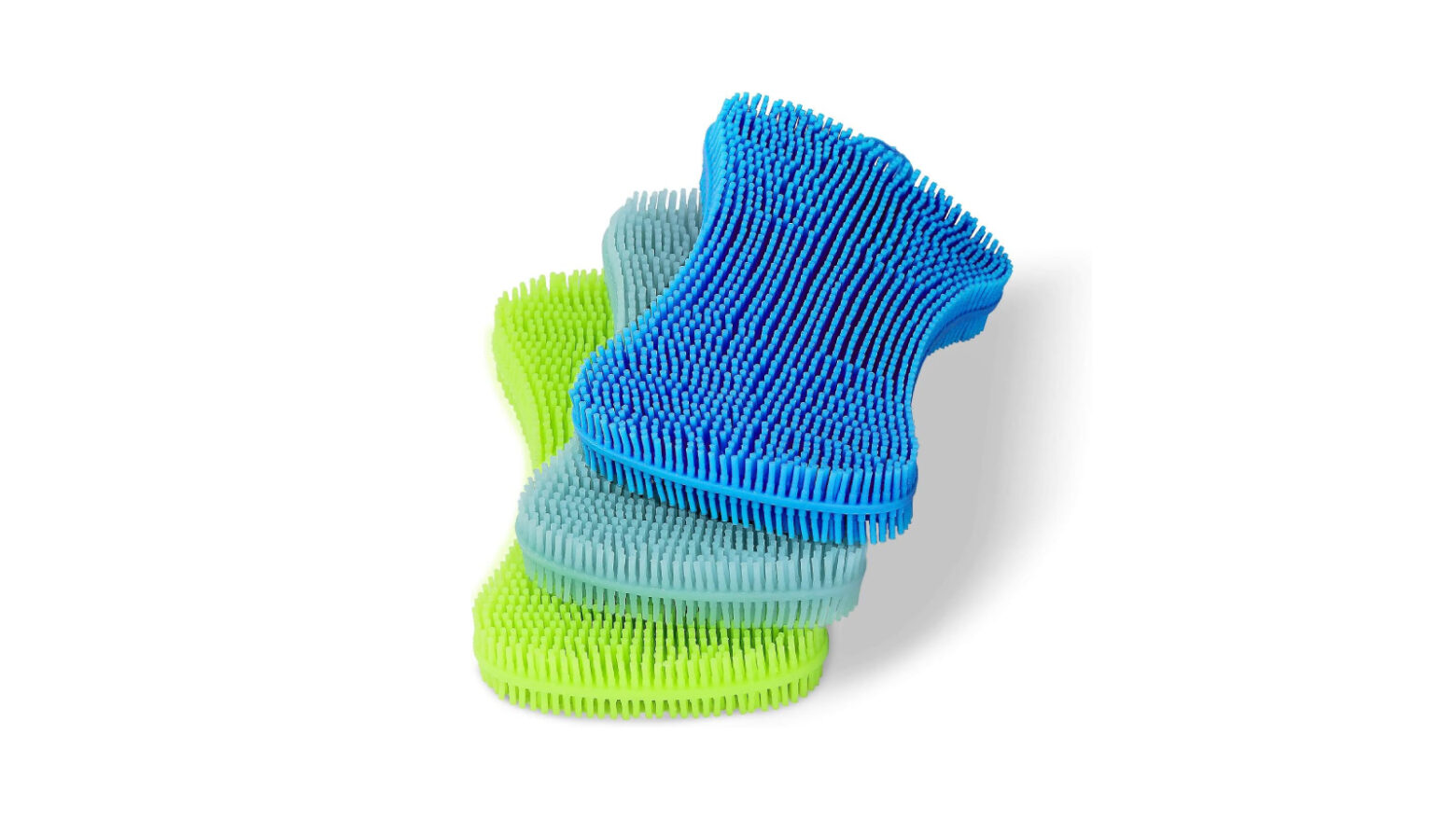
But wait, aren’t regular sponges already reusable?
Yes, but they can be prolific breeding grounds for bacteria if they aren’t cleaned or stored properly. A polyurethane sponge, natural loofah, microfiber cloth, or silicone dish scrubber are all less likely to encourage harmful bacterial growth than a classic cellulose sponge.* It’s also good practice to have different tools for different uses—you don’t want to pick up salmonella or E. coli by wiping down the counters with the same scrubber you use to wash your dishes.
*We recommended Swedish dishcloths above, which are also made from cellulose. Though they can cut down on waste, it’s important to keep in mind that they may be more likely to encourage bacterial growth and should be washed frequently.
Spray Bottles
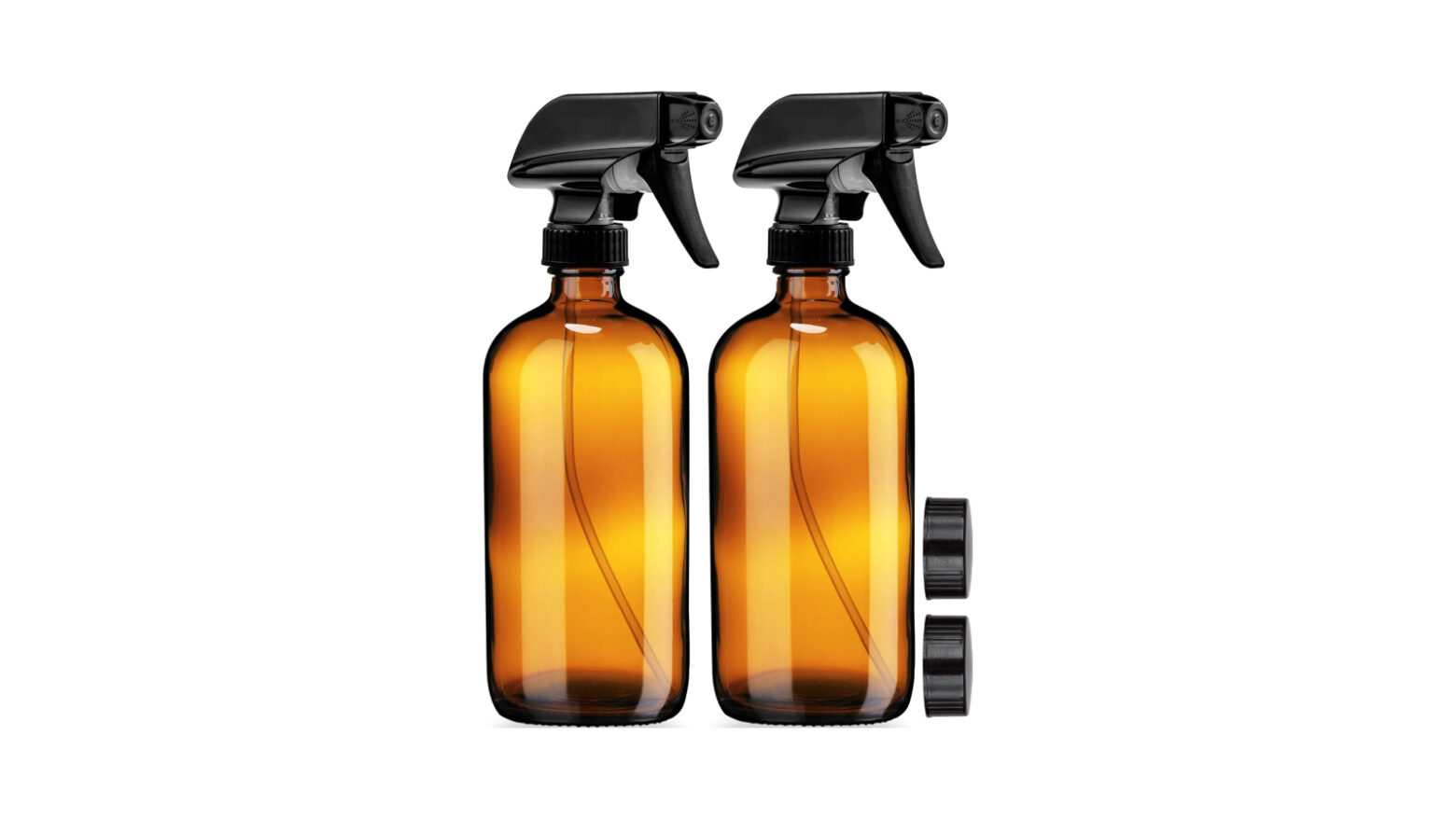
If you prefer to make your own cleaners or fragrances, having a set of spray bottles is a must. Larger bottles work well for homemade cleaning solutions or produce wash, while travel-friendly bottles can be used for DIY fragrances, room spray, hand sanitizer, or makeup remover. We like dark glass to preserve any added essential oils and reduce the use of plastics.
Reusable Face Rounds
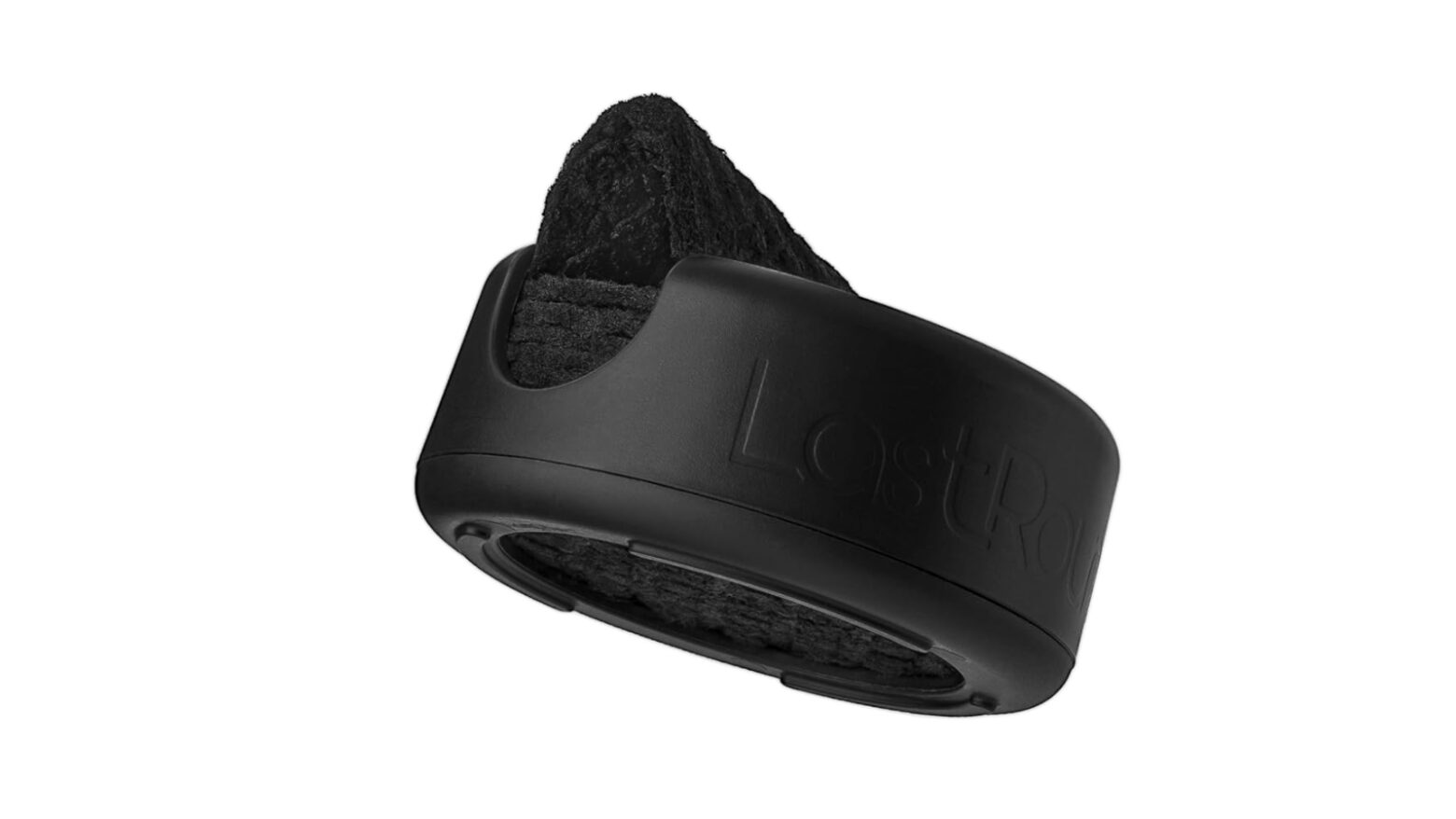
Washable cotton rounds can greatly reduce the amount of landfill waste from single-use rounds—just place used ones in a mesh laundry bag and throw them in with the rest of your wash.
We like black fabric rounds that won’t show persistent stains, but how you prefer to store them is up to you: Eira Vancouver comes with a bamboo holder to look presentable while sitting on the counter, while LastRound comes with a compact case made of recycled ocean-bound plastic that’s perfect for travel.
Reusable “Cotton” Swabs
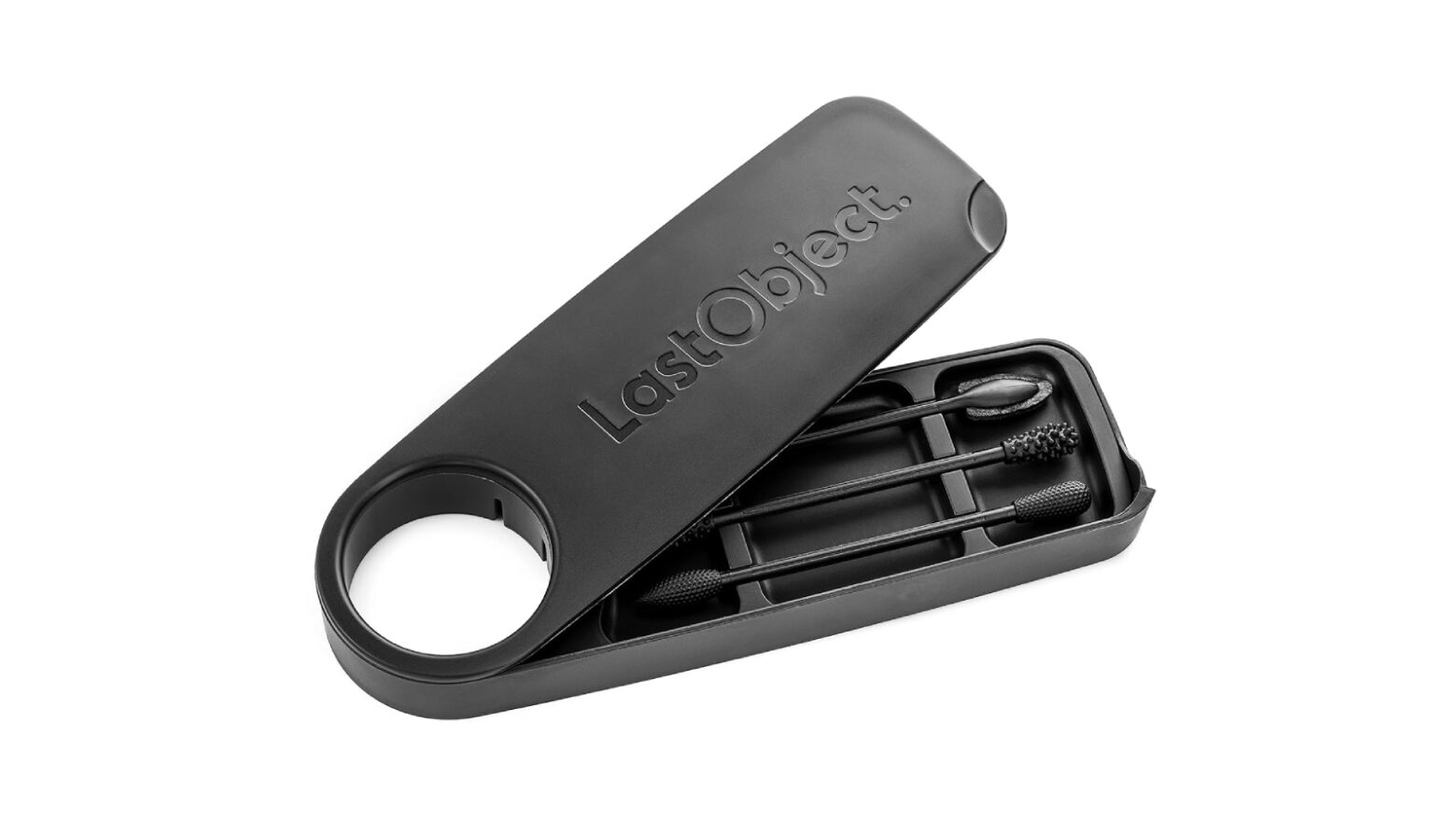
The LastObject brand responsible for LastRound (above) also makes reusable swabs for beauty applications and cleaning needs (though we’re all keeping these out of our inner ears, yes?). The LastSwab Trio includes a mirrored storage case made from the same recycled ocean-bound plastic as LastRound’s and three swabs with three tip styles.
Air Purifier
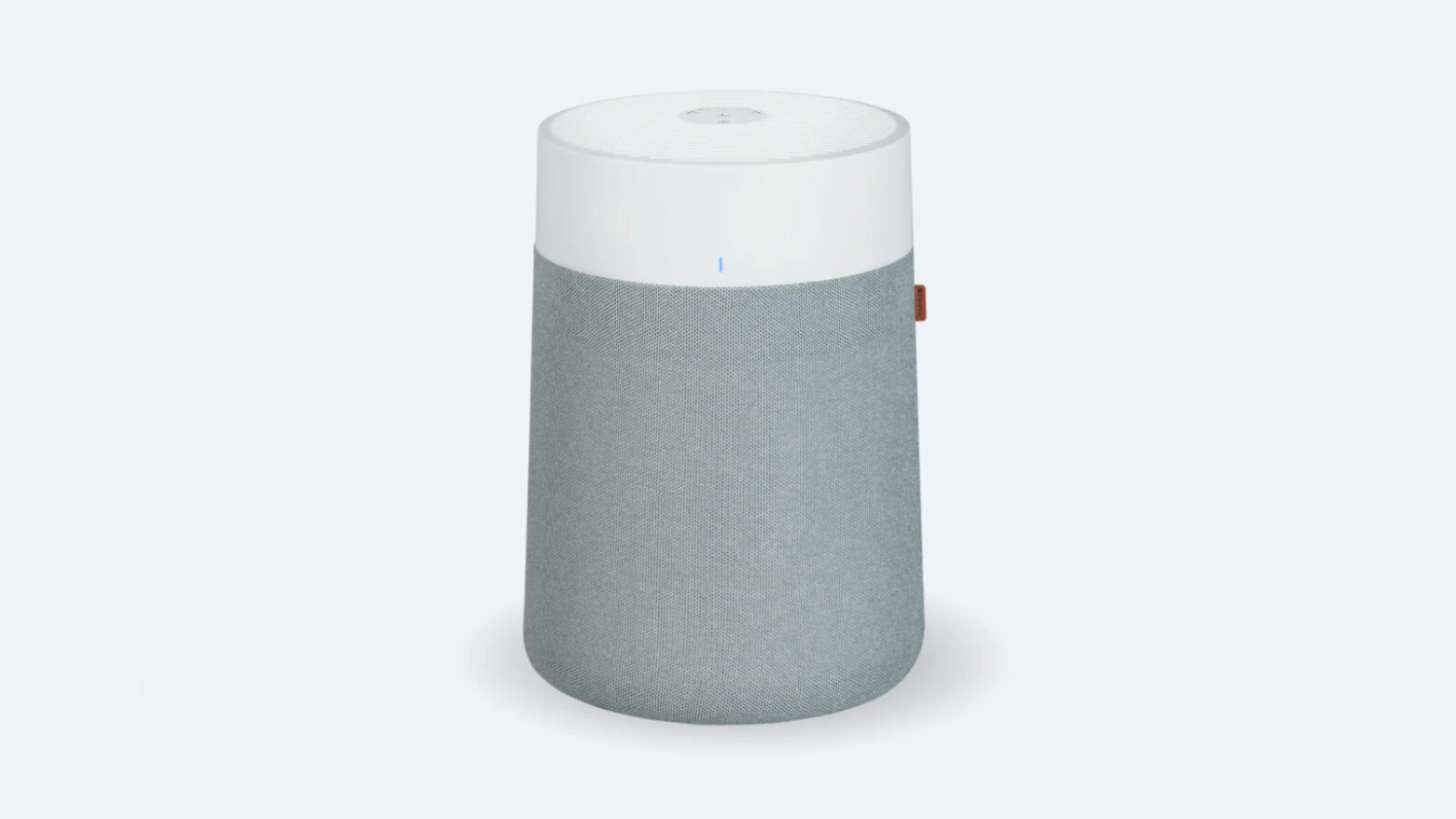
An air purifier can be especially useful to those who live close to high-traffic fumes or wildfire smoke, but indoor air can come with its own pollutants, too. Purifiers with a combination of HEPA and activated carbon filters are the best, and Consumer Reports recommends brands like Blueair and GermGuardian as some of the most effective for filtering out contaminants.
Blueair’s purifier has an additional filter to further trap allergens like pollen and pet dander. Meanwhile, GermGuardian has an ultraviolet light that it claims can kill harmful bacteria like staphylococcus or E. coli, but the effectiveness of UV light on such contaminants depends on the strength and length of the exposure.
DEET-Free Insect Repellent
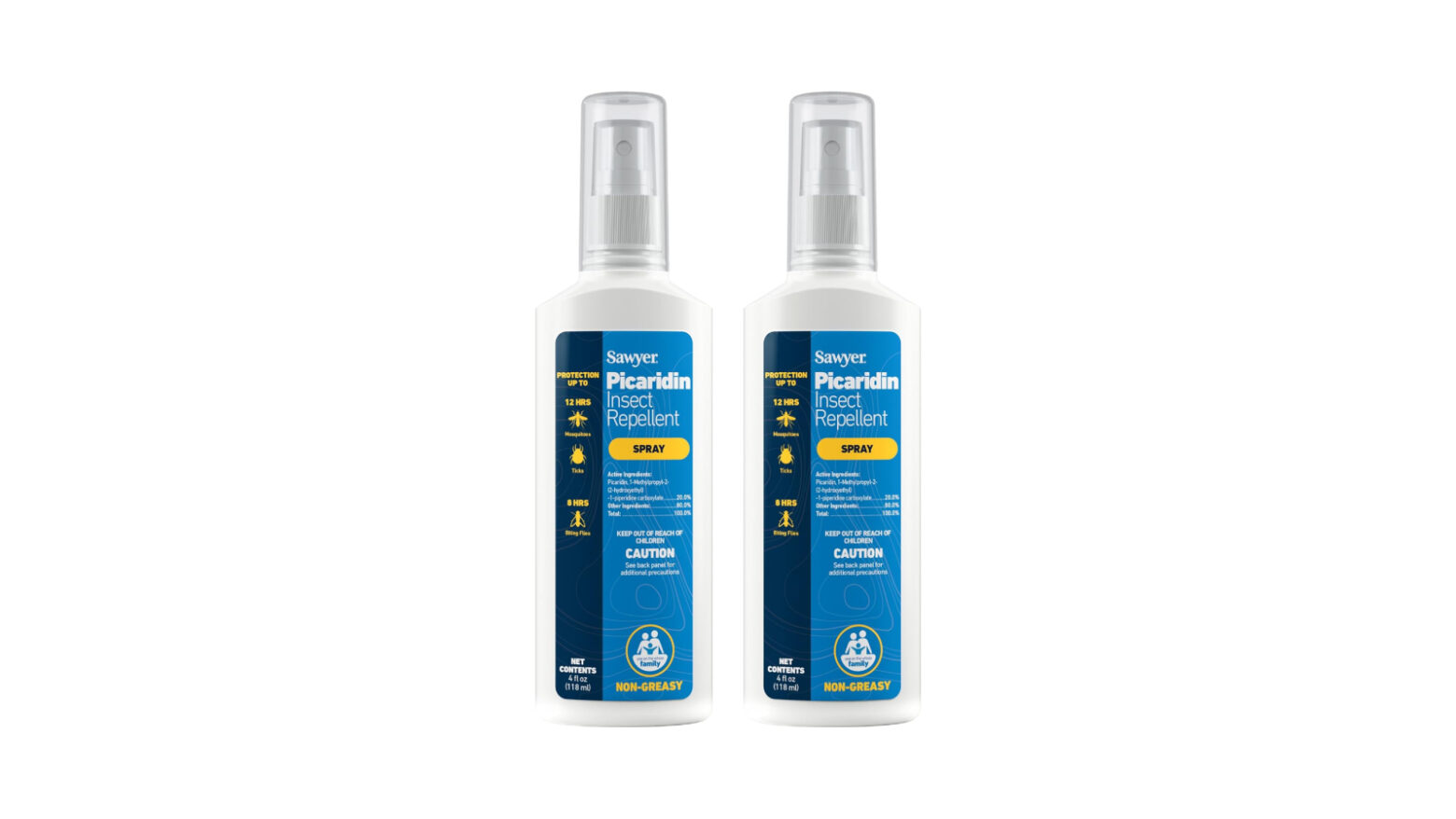
DEET is smelly, can damage clothing and accessories, and has rare side effects for some people or when used in excess. If you’re concerned about dousing your family with DEET, you could try other effective options instead. Repellents made with oil of lemon eucalyptus use refined extracts and can be just as effective as some concentrations of DEET. However, they are not recommended for children under 3 years old.
According to EWG, picaridin is a manmade chemical that performs as effectively as DEET with fewer side effects, no strong odor, and may even provide protection for a longer duration. It’s important to note, though, that none of the repellents mentioned should be used on infants less than 6 months old.
Mineral Sunscreen
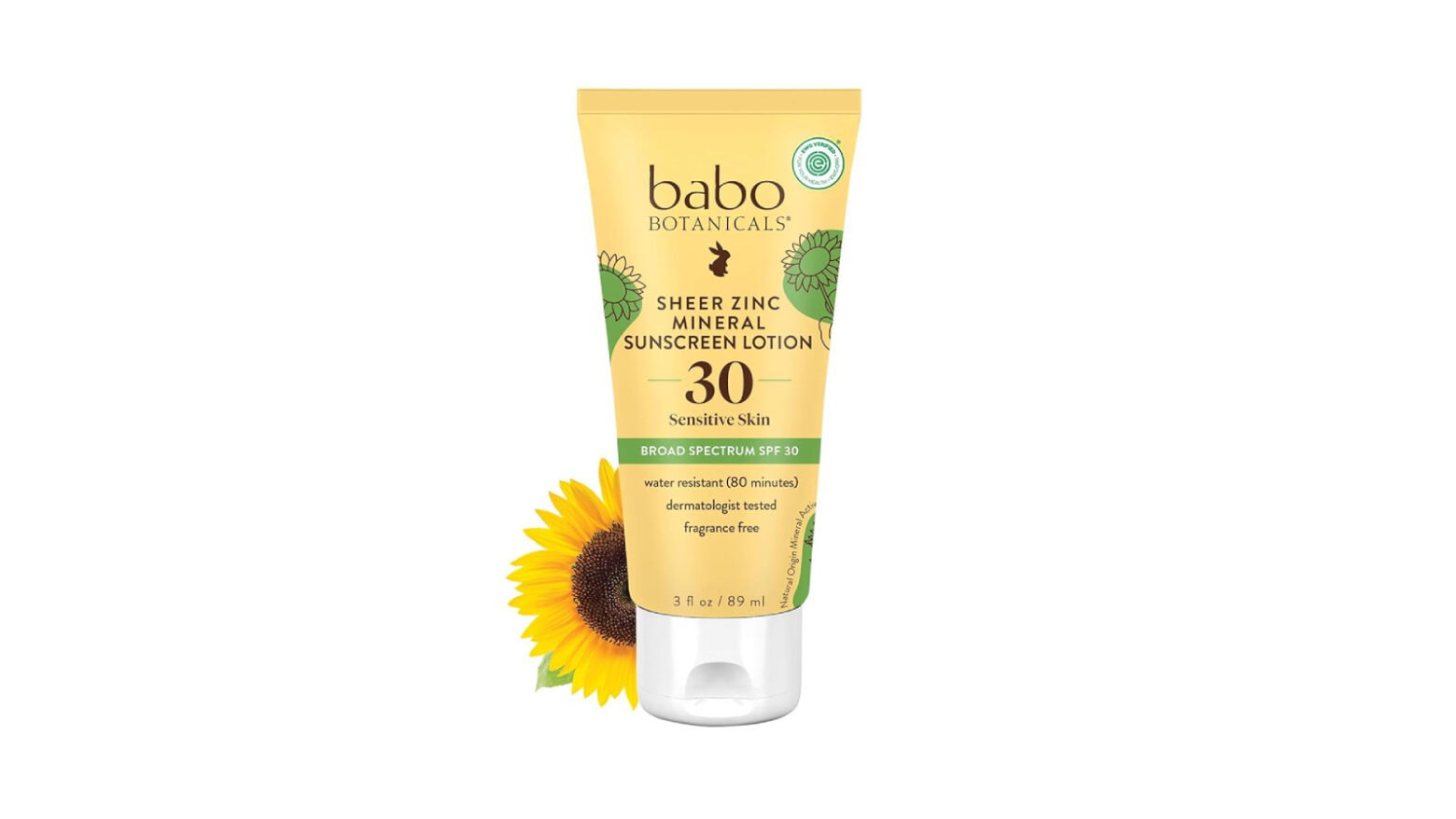
Several common ingredients in sunscreen, including oxybenzone and octinoxate, have been found to be endocrine disruptors. Thankfully, EWG has hundreds of non-toxic products that meet their criteria for health and safety, so we’ve chosen two top-rated and EWG-verified recreational sunscreen lotions to help narrow the selection.
Andrea Dehnke
Andrea is the Content Manager at The Paleo Diet and has experience working with several health and nutrition publications.
More About The Author